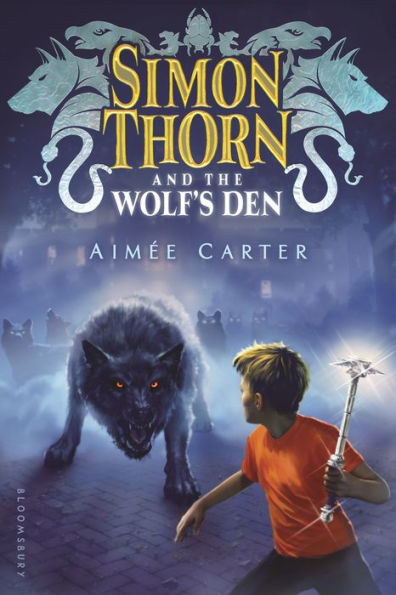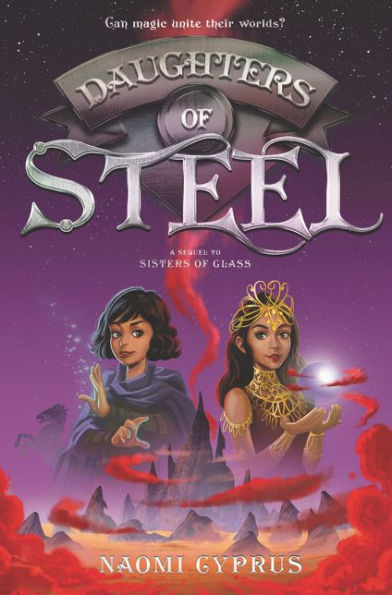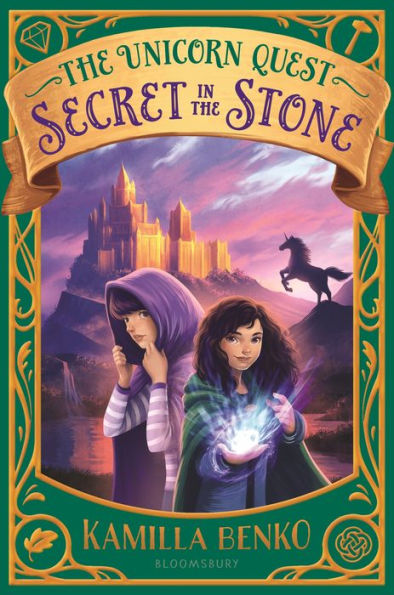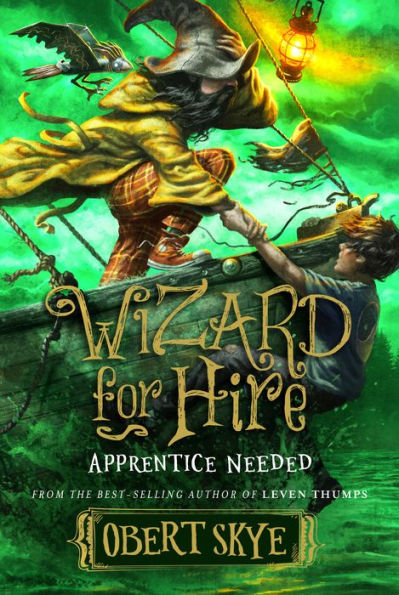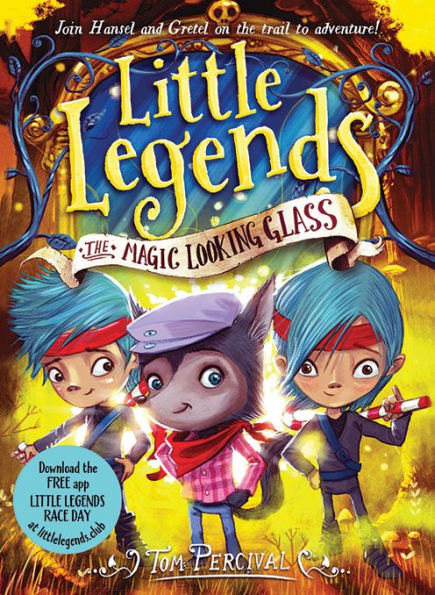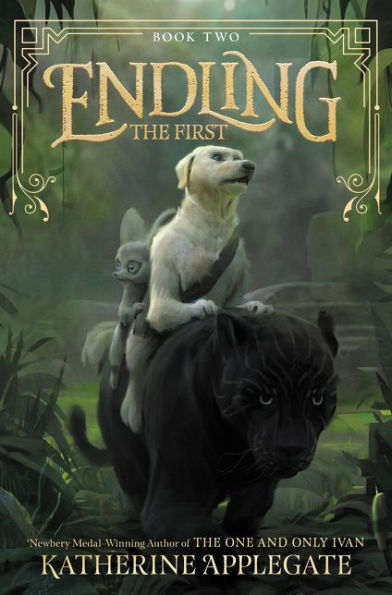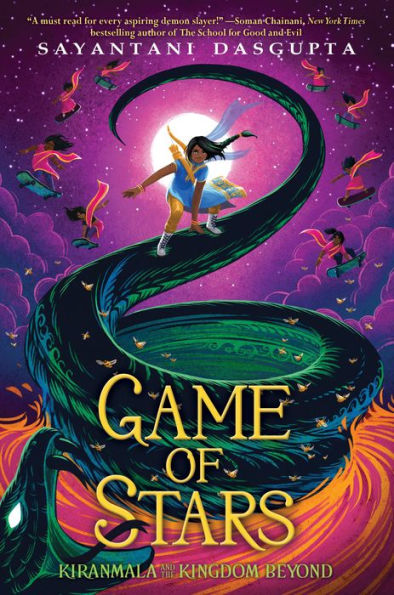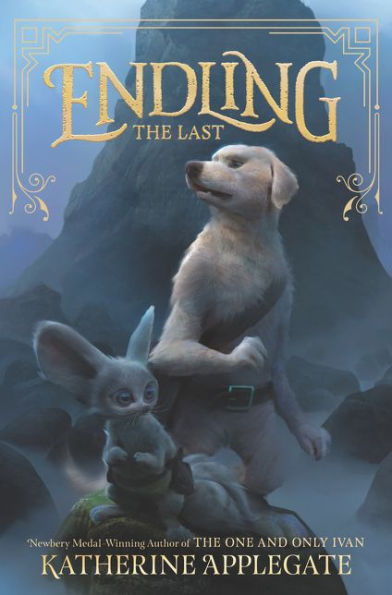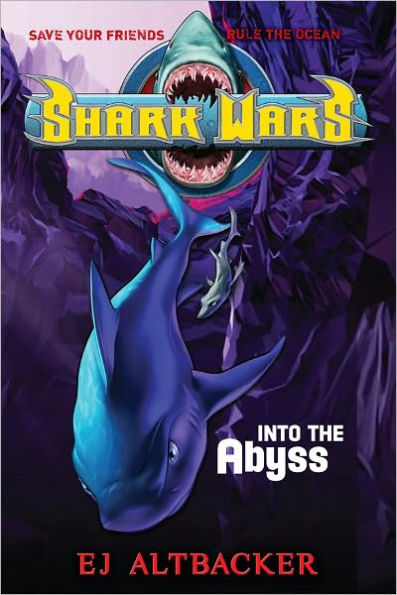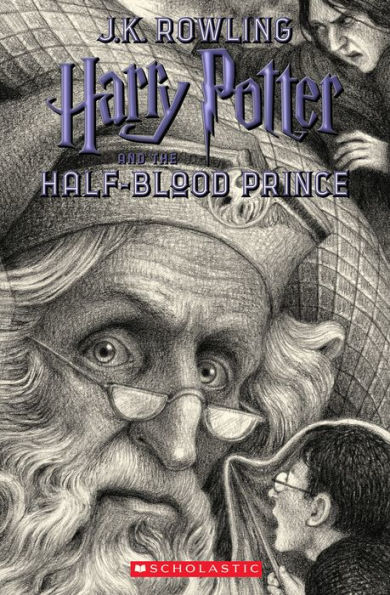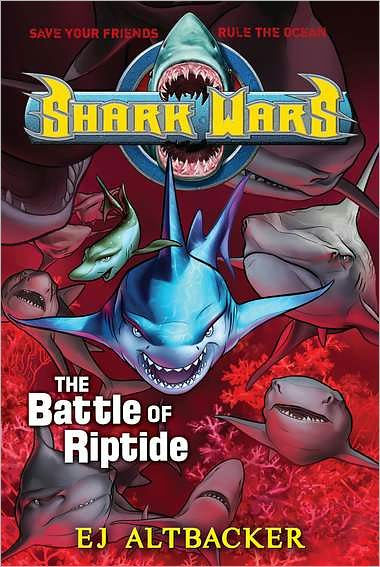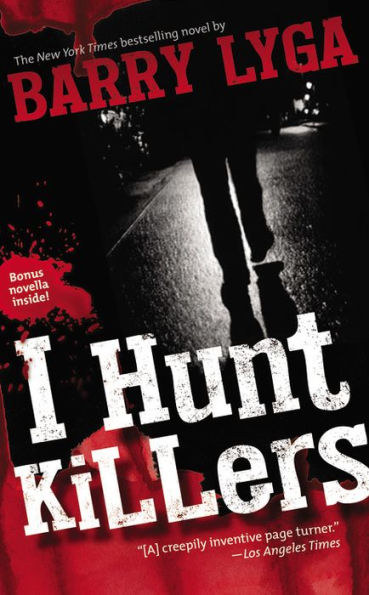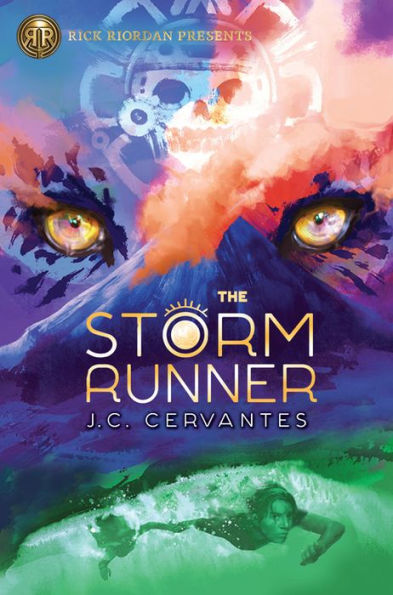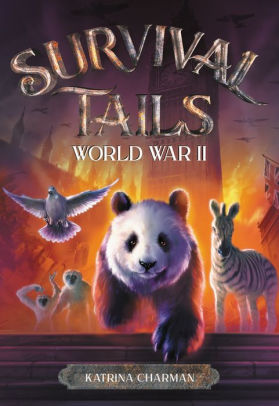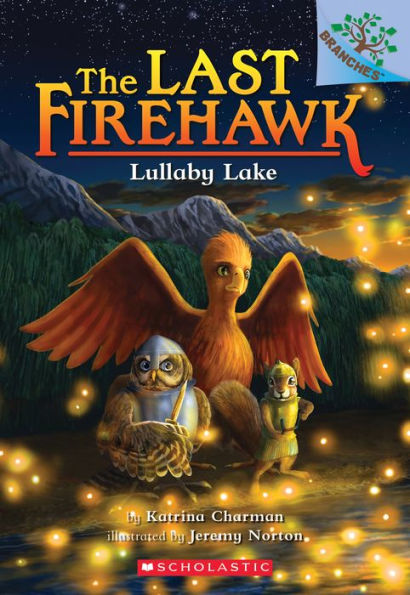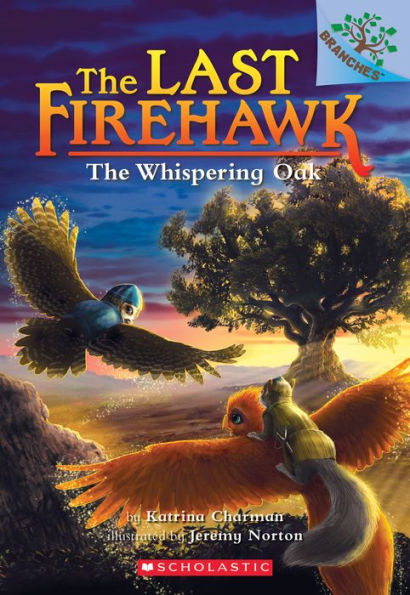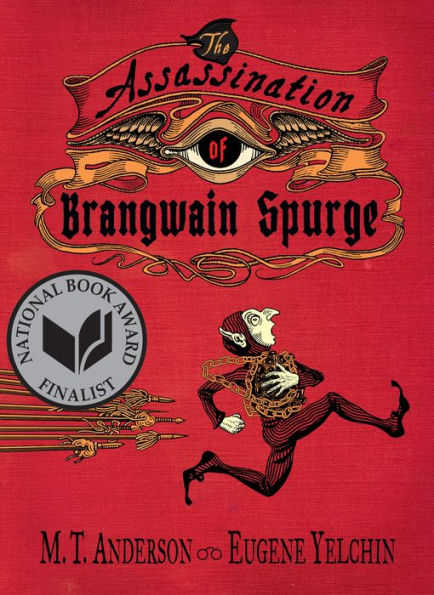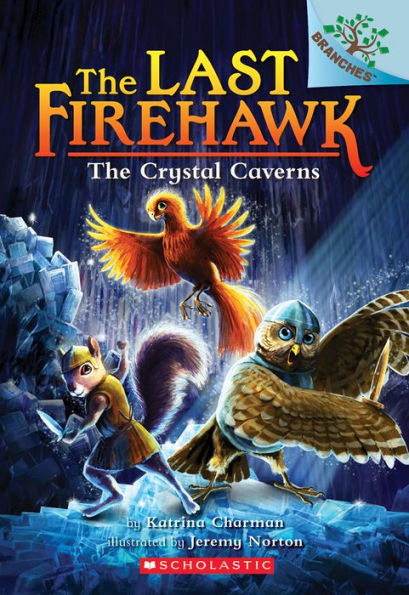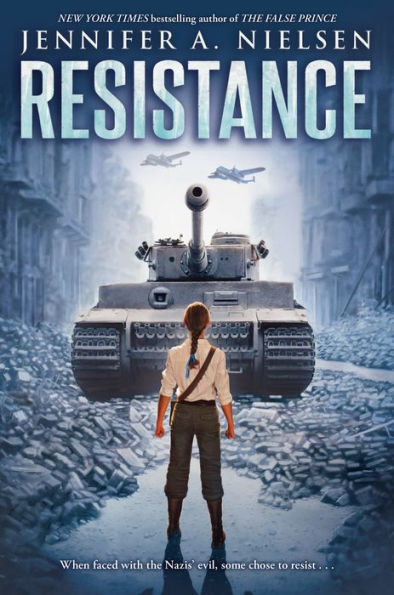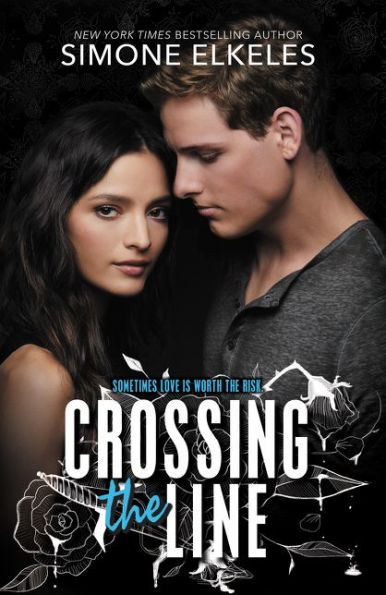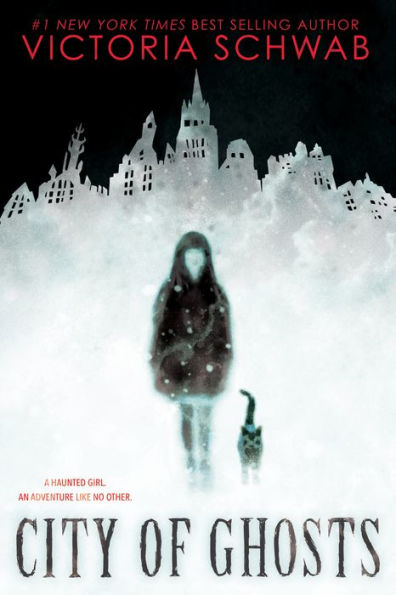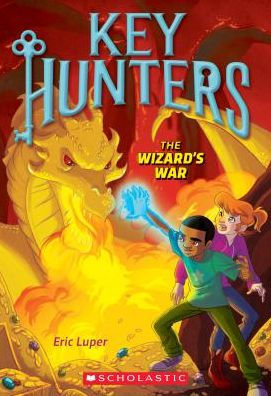Twelve-year-old Simon Thorn’s best friend is a mouse. The kids at school think Simon’s a freak because he talks to animals. Simon doesn’t think life can get worse, until a herd of rats kidnaps his mom. After his mom’s disappearance, Simon learns that he and his family are Animalgams—people who can change into an animal at will.
The children of the Animalgams attend a secret academy hidden within New York’s Central Park Zoo. Simon sneaks into the academy hoping to find clues to his mother’s whereabouts. While at the academy, Simon learns that the Animalgam world is full of ancient rivalries and feuding kingdoms. Commanding the school is a dangerous foe intent on holding supreme power, and she thinks Simon is the key to gaining it. In an instant, Simon’s world has shifted, and he isn’t sure who he can trust. Simon is determined to find his mother, but he may lose his life in the process.
Simon Thorn and the Wolf’s Den jumps into action right from the start. The plot twists and turns as Simon uncovers family secrets, new friends, and evil villains willing to kill for power. Although the plot is complicated, the author circles back to repeat important information, which helps the reader keep track of key details.
Simon is a relatable character because he wants to fit in, but he refuses to bow to bullies. Even when Simon is under intense pressure, he continues to do what is right, including protecting those around him. Because the story is written in the first person, Simon’s thoughts and feelings allow the reader to understand why Simon puts his life in his enemy’s hands.
The villains in the story are capable of hiding their true intentions, but in the end, their actions show the dangers of desiring power. The story also highlights the themes of friendship, forgiveness, and the pain of loss. Simon’s uncle, Darryl, shows what a good parent figure should act like—he gives encouragement, sets rules, and is willing to die for Simon. At the end of the story, readers will understand that even when people have good intentions, the outcome doesn’t always work out as expected.
The story’s advanced sentence structure and often scary violence make the story more appropriate for older elementary readers. Simon Thorn and the Wolf’s Den is a fast-paced story that takes readers into a fantasy world where unlikely Animalgams band together to defeat evil. This entertaining story will surprise and delight readers, while it teaches that “you are the person you choose to be, not the person others think you are.” Readers will be clamoring to read the next book in the series, Simon Thorn and the Viper’s Pit.
Sexual Content
- None
Violence
- When Bryan is bullying Simon, Winter stands up to the bully. The bully “shoved her backward. Winter hit the chair hard, and the crack of elbow against metal echoed through the cafeteria. Simon didn’t stop to think. By the time he realized what he was doing, he had already tackled Bryan to the ground and socked him in the soft spot below the ribs. Bryan cried out, and Simon pulled away, dumbfounded.” During the fight, “Bryan shoved his arm against Simon’s throat. His fist connected with Simon’s abdomen, and Simon curled into a ball.” When Bryan goes after Winter, “Simon roared. His hand shot out, his fingers curled into claws, and he swiped his nails against Bryan’s face. Bright red lines sprouted across Bryan’s cheek, and he faltered, his mouth opened in shock.” The bullying and fighting scene lasts for five pages.
- While walking through the park, Bryan and his friends see Simon. Bryan shoves Simon, and then “one of the eighth graders caught him and pushed him forward. Back and forth he went, until he was so jarred that he could barely keep his balance. . . Simon made what was possibly the stupidest move in his life: he kneed Bryan in the stomach. Hard. And as Bryan doubled over, Simon pushed him to the ground, grabbed his backpack, and made a run for it.”
- While at home, rats attack Simon, Darryl, and Isabel. “Rats—hundreds and hundreds—crowded the hallways and poured into the apartment, surrounding the three of them. Their high-pitched squeaks made Simon’s ears ring and he could see their sharp front teeth. . . A particularly eager one tried to climb up Simon’s leg, its tiny nails scratching his skin, and he kicked hard.” Simon’s mother tries to steal a car, but the rats disable the car. The rats begin throwing bricks at the car. “Another hit the window, and another, and another. . . The window shattered. Shards exploded all over him, clinging to his sweatshirt.” As Simon runs, the rats “descended on him with impossible speed, climbing up his clothes, flinging themselves at him, biting him everywhere they could reach. . . One of them crawled up the knife, and though the blade cut its belly, the rat either didn’t notice or didn’t care.” The rats take Isabel. Simon and Darryl get separated. Simon is safe. The rat scene takes place over ten pages.
- Winter helps Simon escape a guarded building. Winter “kicked an unexpecting guard. Hard. His cry of pain echoed through the lobby. . .” When Simon and Winter get outside, the rats attack. As Simon tries to run, he feels “the rats’ sharp claws scratching his legs as they tried to climb up his jeans again.” A flock of predatory birds appears, and “before Simon could move, talons ripped the rats off his clothing and more vicious screams echoed in his ears as the birds and rats clashed.” The rats scatter.
- During an Animalgam training exercise, “the mountain lion snapped at the girl, who wore a stony expression and didn’t take her eyes off her opponent. . . At last the cat attacked. Again the girl was ready for him, and she sprang aside a second time. With impossible speed and strength, she flipped the beast over in midair and pinned him to the ground, her knee against his throat. The mountain lion fought back, his massive paws striking her again and again until—The girl disappeared.” The girl wins the match by turning into a spider.
- During an Animalgam training exercise, Simon tries to sidestep his opponent, “but she grabbed his sweatshirt and twisted him around, and Simon fell hard on his back. All the air left his lungs, and he gasped. . . He buried his knee in her stomach and pressed his arm across her neck, the same way Bryan had pinned him. . . he held her down as she struggled.” When the opponent changes into a spider, Simon is able to capture her in the palm of his hand. When he threatens to squish her, she gives up.
- When Nolan denies that he is Simon’s brother, Simon dumps chocolate milk on him. Then, Nolan “lurched forward and tackled Simon to the floor, ripping at his shirt and tearing at his hair.” Simon doesn’t fight back, and their uncle breaks up the fight.
- Brothers, Malcolm and Darryl, fight. “An inhuman snarl cut through the air, and in a flurry of teeth and fur, Malcolm shifted and leaped at Darryl, knocking him to the grass. Darryl roared. In an instant, he also shifted into his wolf form, and Simon jumped back as they collapsed in a heap of limbs and claws. The wolves snarled and ripped at each other’s fur, pawed each other’s snouts, and rolled over and over again as they each fought to gain control.” Even though the brothers fight, they make sure they do not hurt each other. Their mother breaks up the fight.
- Winter turns into a snake and attacks a man who is trying to keep Simon from leaving. When the man grabs Simon, Winter “shot toward him, sinking her fangs into Perrin’s ankle. Winter must have been venomous, because instantly his grip loosened enough for Simon to shove him away. . . His eyes rolled back into his head, and his knees buckled as he collapsed to the ground.” The man is given anti-venom serum.
- An Animalgam turns into a black widow and bites the villain. The venom does not kill her.
- While in wolf form, Darryl is caged and birds attack him. The attack is not described, but Simon finds Darryl. “The hulking wolf lay inside, his sides heaving and his gray fur matted with blood. Scratch marks lined his belly, and the feathers that clung to him made it obvious what had happened. . . As soon as Darryl was free, he shifted back into a human and staggered against the wall.”
- When Simon and his friends get to his grandfather’s place, they find the security guard “stooped behind the desk. Simone moved closer. A security guard was slumped in his chair, and dark liquid dripped from his neck.”
- In an epic battle that lasts for two chapters, the villains fight for control over Simon. During the battle, an eagle “flew after Simon, catching up in seconds. His talons scratched Simon’s neck and shoulders, and he shoved the bird away, using all his might to tear a handful of feathers from Orion’s wing. The eagle screamed and disappeared into the trees.” Hundreds of birds attack Darryl, who is trying to help Simon. Darryl is in wolf form, and he “snapped at the birds, fighting to break free, but there were too many of them. They pecked and scratched at his face, his throat, his paws, every part of him they could reach. . . Orion lunged toward the wolf, sinking the razor-sharp points of the Heart of the Predator into Darryl’s chest . . . Darryl had shifted back into a human, and a pool of blood expanded beside his motionless body.” Darryl dies.
- During the epic battle, Simon turns into an eagle and “lashed out with his talons, slicing across Orion’s face and grazing his one good eye. . . Orion cried out, and at last he let go. Clawing at the air, he stumbled backward off the roof and fell into an empty sky.” Orion is injured but comes back to grab the scepter.
- Malcolm is able to pin one of Simon’s enemies to the floor. He tells her, “You will leave the city and all our lands, and you will never return. If I ever see you again, I will rip you limb from limb, as slowly and excruciating as possible. By the time I’m finished, you will be begging me to let you die.”
Drugs and Alcohol
- None
Language
- Several times someone calls somebody else a “jerk.” For example, when Simon is being bullied, a girl tells the bullies, “Would you jerks shut up and go back to whatever hole you crawled out of?”
- A bully, Bryan, calls Simon a “freak” and a “psycho.” He also calls Simon a “fart face.”
- Simon calls Bryan an “ape face.”
- A girl calls Nolan a “royal halfwit.”
- Several times someone calls another person an “idiot.”
Supernatural
- Simon can talk to animals. “Not only could he understand what they were saying, but they could understand everything he said in return.”
- The story revolves around Animalgams, humans that can change into an animal. This ability is passed down by family. For example, when Darryl changes, his “fingers shifted into claws, his hands into paws, and his nose into a snout. Gray fur spouted all over his body, engulfing his clothing, and as his torso thinned and lengthened, a tail appeared at the base of his spine. In the time it took Simon to blink, his very human uncle had changed into a real, live, snarling wolf.”
- Animalgams can only turn into one animal, except for the Beast King. The Beast King ruled hundreds of years ago, and “he killed countless Animalgams who refused to bow down to him.” The Beast King was powerful because “he could shift into any animal he wanted. . . You try defeating an enemy who can suddenly grow venomous fangs or dive underwater or fly away. Not to mention he had thousands of followers willing to fight for him.” Nolan and Simon are the Beast King’s heirs, and many believe one of them will eventually be able to shift into any animal.
- The villain is trying to find all of the pieces of a scepter, because “when all the pieces are in place, the Predator can absorb the power of everyone it kills and transfer it to the person who holds the scepter.”
Spiritual Content
- None
